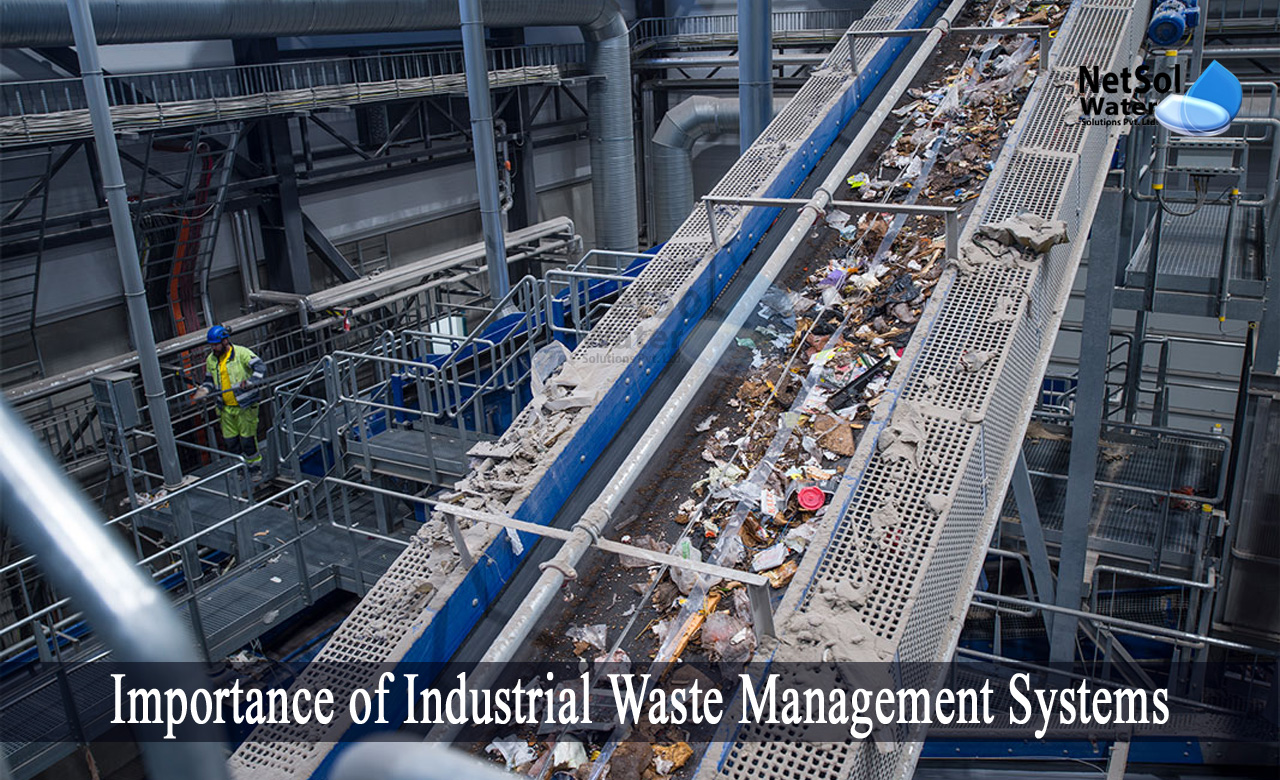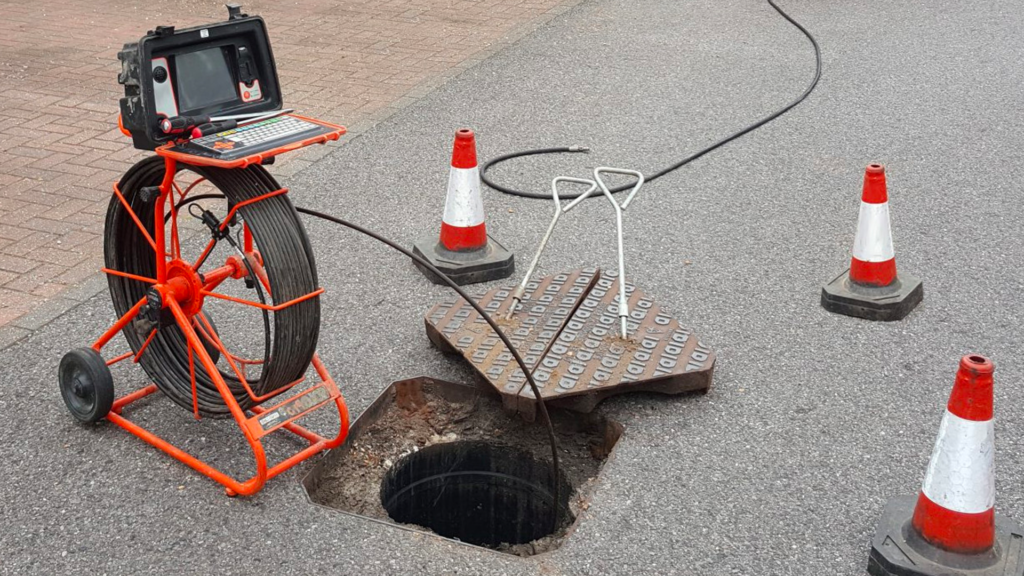Reclaim Waste for Dummies

Never connect stormwater drains pipes to the sewerage system or sewage drains pipes to stormwater. liquid waste disposal. This is unlawful! Stormwater drains take large quantities of water from roofings, buildings, land and led areas after rainfall. Connecting bathrooms and various other domestic waste drains pipes to stormwater drains pipes might cause wastewater streaming down open seamless gutters.
Never place unsafe compounds down sinks, commodes or stormwater drains pipes Materials consisting of fuel, grease, oil, pesticides and herbicides, and solvents such as paint pole dancers ought to not be put down sinks, commodes or stormwater drains. These compounds are hard to remove in the sewage therapy procedure and create pollution issues in our neighborhood rivers.

Use biodegradable and phosphate-free cleaning agents or soap Cleaning agents that are phosphate totally free include fewer nutrients to the sewerage system. Read and contrast detergent and cleaning powder tags at the supermarket, and select products that are more ecologically pleasant. Utilize pure soap or soap flakes for cleaning or try all-natural items such as borax, vinegar and old-fashioned joint grease for cleaning.
Although fluid waste is a term that covers a broad selection of materials, there's an excellent reason leaving its disposal to the experts is recommended. Fluid waste is non-solid product that has no further usage and should be dealt with and thrown away according to neighborhood, state and federal policies.
The Main Principles Of Reclaim Waste
Examples of fluid waste can consist of wastewater, fats, oils or grease, used oil, fluids, solids, gases or sludges and harmful household fluids, there are some that are taken into consideration to be more harmful than others when it comes to the atmosphere and the wellness of pets and humans alike. It's for this factor that each state and area have actually stringent policies connected to liquid waste administration.
Liquid waste can be saved in holding tanks or packaged in drums, intermediate mass containers or authorized little containers prior to either being treated or removed via outsourced vacuum vehicles. Provided the nature of the products, liquid waste can not enter the basic waste stream and there are strict laws on exactly how to get rid of it correctly.
Relying on a determination of the degree of danger, it may be needed to remediate those sites. Furthermore, dangerous fluid chemical wastes are managed waste and has to be tracked based on the state waste regulation. Under the chain of wardship and obligations, owners are liable and responsible for waste created by a service.
One of the core applications for superabsorbent polymers (SAPs) is fluid waste solidification. liquid waste disposal. SAPs are used by waste monitoring professionals to stop possibly unsafe fluids from going into rivers, groundwater aquifers, and various other delicate atmospheres. Since fluids can rapidly move pollutants into environmental receptors and potentially contribute to geotechnical failings, liquid wastes are often restricted from disposal in garbage dumps
7 Simple Techniques For Reclaim Waste
Generally, cost-free fluids are fluids that separate from the strong part of waste material. Liquid waste can include the following: HDD mud and cuttings Landfill leachate Wastewater therapy sludge & biosolids Dredged sediments Oil and gas drill cuttings Resolving fish pond filth Hydro Excavation slurry Coal combustion residuals/ash Storage tank bottom sludge Concrete grinding/polishing slurry Related Article: For a functional example of free fluids dividing from waste material, think about the adhering to circumstance: A waste management professional loads a dump vehicle with sludge from a wastewater treatment plant's aeration container, throughout a regular upkeep event.
When the motorist arrives at the landfill, he notifications water leaching from the sludge and pouring from the dump vehicle. The load was turned down by the landfill and the vehicle driver was required to take care of the waste as a liquid waste at a special center, which raised the disposal charges tremendously.
We also need to be liable for the appropriate disposal of our waste products. It is not enough that we pay waste disposal companies to take treatment of our rubbish.
Excitement About Reclaim Waste

The ideal location is an excellent outside space with plenty of sunshine and air. Segregate your waste. Segregating your waste can begin inside the home. Set apart completely dry and liquid waste in addition to edible waste, biodegradable and non-biodegradable materials. Always maintain the cover on your bins to prevent pests, worms, flies, and undesirable smells.
Layer the base with dirt to soak up the wet waste. Layer the compost with damp and dry waste as well as dirt to preserve an equilibrium between the wet and the completely dry.
The 8-Minute Rule for Reclaim Waste
Cover the garden compost bin. When a week, add soil in addition to the compost. To promote faster decomposition, you can also include semi composted soil to the compost. Keep the compost. If you discover the smell is coming to be as well strong, add additional newspapers and paper waste or include even more holes to the garden compost container to maintain the balance of the waste products.
The globe is drowning in rubbish and we can not pay for to be careless any longer. We need to act and reuse whatever we can anywhere we can. We additionally need to be liable for the correct disposal of our waste products. It is not nearly enough that we pay garbage disposal business to deal with our rubbish.
Our waste, our responsibility. Have you ever questioned what occurs to your fluid waste after it's accumulated? Did you know that liquid waste can be reused?
Indicators on Reclaim Waste You Should Know
The optimal location is a good exterior area with lots of sunshine and air. Segregate your waste. Segregating your waste can begin inside the home. Set apart dry and liquid waste as well as edible waste, naturally degradable and non-biodegradable products. Always maintain the cover on your containers to go to my blog stay clear of pests, worms, flies, and undesirable smells.
You can use old trash container, pail, yard pot or old plastic drums. Drill 4 to 5 holes in the container so the air can circulate. Layer the bottom with dirt to soak up the damp waste. Begin the composting process. Layer the compost with damp and completely dry waste as well as soil to maintain an equilibrium in between the wet and the completely dry.
Cover the garden compost bin. As soon as a week, include soil in addition to the garden compost. To assist in faster decay, you can also include semi composted dirt to the compost. Maintain the garden compost. If you discover the odor is ending up being too solid, add extra papers and paper waste or add more openings to the garden compost bin to maintain the balance of the waste materials.
Comments on “Reclaim Waste Fundamentals Explained”